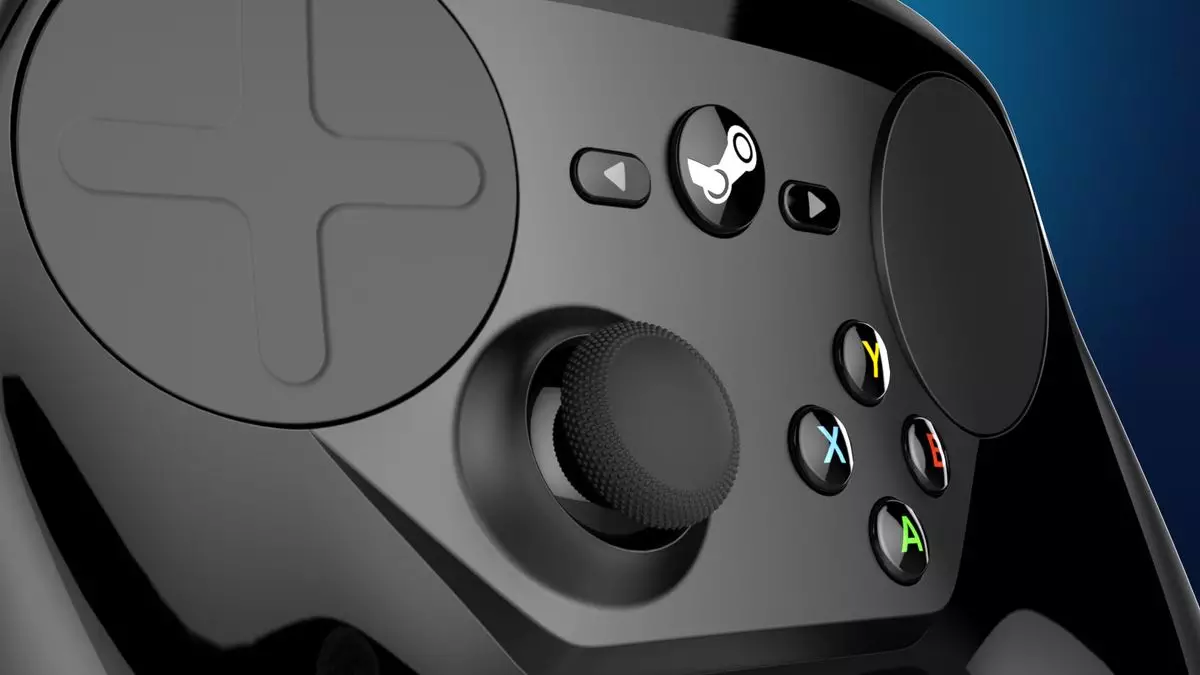The gaming landscape is dynamic, constantly evolving to meet the needs and preferences of players. With innovations coming thick and fast, one of the major talking points recently has been the potential revival of the Steam Controller. First released by Valve in 2015, the original Steam Controller experienced a tumultuous journey, amassing a loyal fanbase while simultaneously drawing skepticism and criticism. As rumors surface of a second iteration—the Steam Controller 2, codenamed “Ibex”—let’s critically examine the implications of this announcement, its potential features, and the lessons Valve may have learned from its predecessor.
The original Steam Controller aimed to bridge the gap between traditional gamepads and the precision of mouse-and-keyboard setups, featuring two trackpads, a gyro, and customizable back-paddles. While some players praised its versatility and adaptability for complex games, others mocked its unconventional design, finding it cumbersome for standard gameplay. Its discontinuation in 2019 signaled an end to a controversial chapter in gaming history, one that seemed rife with missed opportunities and unmet expectations.
One of the core issues surrounding the original controller was its lack of official standardized profiles. Gamers were often required to sift through community-generated configurations to find settings that suited their playstyle. This obstacle created an intimidating learning curve for new users, undermining the product’s fundamental goal of making gaming more accessible.
The Steam Controller 2: What We Know So Far
Recent leaks, particularly from notable insiders in the gaming industry, indicate that Valve is actively working on a successor. According to reports, the Steam Controller 2 is currently in the late stages of its production cycle, suggesting it could be available to consumers sooner than anticipated. The intriguing aspect is whether this new iteration will feature an updated design or if it will retain some elements of its predecessor.
Given Valve’s history of innovation—evident in their successful Steam Deck and Index controllers—there’s ample room for speculation regarding how they might reshape the controller concept. Perhaps we will see a more conventional design, integrating thumbsticks alongside (or instead of) the controversial trackpads of the original.
A significant factor that could influence the success of the Steam Controller 2 is the evolving gaming environment. The rise of remote play, alongside advancements in streaming technology, means couch gaming is more relevant than ever. Many gamers have adapted to using portable devices that can seamlessly integrate with home entertainment systems, making the concept of a dedicated game controller for non-traditional gaming setups much more appealing.
Today’s gamers frequently engage in multi-platform play, often relying on handhelds or external controllers that can easily connect to various screens. This trend could mean a more versatile Steam Controller would appeal to a wider audience. A standout feature could be the ability to transition from traditional gaming to remote play, delivering a seamless experience whether users are couch-bound or on-the-go.
As Valve considers the new design, there are numerous factors at play. Their past experiences with the first Steam Controller highlighted the importance of user comfort and familiarity. Feedback indicated that sticking with a traditional layout, incorporating thumbsticks, could enhance appeal. By learning from the missteps with the original version, Valve has an opportunity to produce a device that garners broader acceptance from both casual and hardcore gamers.
It’s also worth noting that Valve likely understands that a simpler, more reliable controller could perform better in today’s competitive market. Consistency in build quality will be crucial—something that has been significantly improved upon in their latest products. A well-crafted controller could not only win back detractors but also build something lasting for the Steam ecosystem.
As we await more concrete details about the Steam Controller 2, one thing is clear: the gaming community is eager for innovation. Past failures do not dictate future performance; instead, they serve as stepping stones toward improvement. If Valve can successfully leverage the feedback and lessons learned from their prior attempt, they might just deliver a product that resonates with both nostalgic fans of the original and a new generation of gamers.
Ultimately, the Steam Controller 2 has the potential to redefine how we consider gaming controllers in a rapidly advancing industry. With the right design and thoughtful user experience considerations, it could carve out a unique niche that aligns seamlessly with contemporary gaming practices, engaging players in ways its predecessor could not. The gaming world is watching with bated breath—this time, Valve has the opportunity to get it right.

